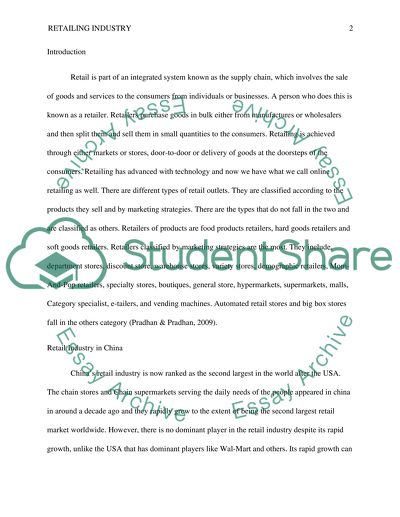Cite this document
(The Retail Industry in China Assignment Example | Topics and Well Written Essays - 2000 words, n.d.)
The Retail Industry in China Assignment Example | Topics and Well Written Essays - 2000 words. Retrieved from https://studentshare.org/macro-microeconomics/1494922-retail-industry-comparison-of-china-and-united
The Retail Industry in China Assignment Example | Topics and Well Written Essays - 2000 words. Retrieved from https://studentshare.org/macro-microeconomics/1494922-retail-industry-comparison-of-china-and-united
(The Retail Industry in China Assignment Example | Topics and Well Written Essays - 2000 Words)
The Retail Industry in China Assignment Example | Topics and Well Written Essays - 2000 Words. https://studentshare.org/macro-microeconomics/1494922-retail-industry-comparison-of-china-and-united.
The Retail Industry in China Assignment Example | Topics and Well Written Essays - 2000 Words. https://studentshare.org/macro-microeconomics/1494922-retail-industry-comparison-of-china-and-united.
“The Retail Industry in China Assignment Example | Topics and Well Written Essays - 2000 Words”, n.d. https://studentshare.org/macro-microeconomics/1494922-retail-industry-comparison-of-china-and-united.


